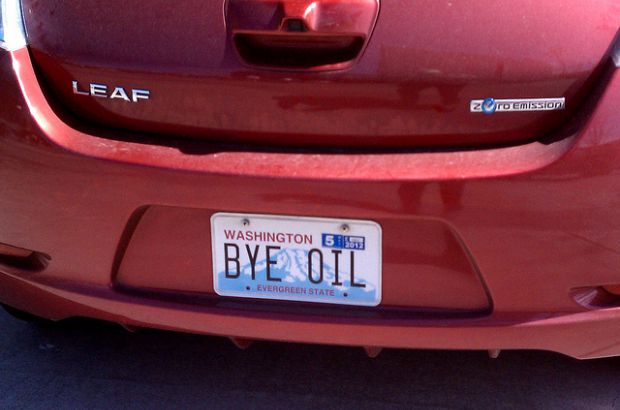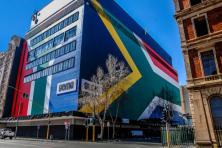Local officials are not waiting to act on climate. From the Compact of Mayors to the Paris Pledge for Action, urban leaders have formed powerful international networks to ensure that the world meets or exceeds the Paris Agreement’s commitment to limit global temperature increase to less than two degrees Celsius.
Urban leaders played a critical role in the Paris climate talks this month, generating crucial political momentum for a strong international climate deal. Portland Mayor Charlie Hales illustrated local leadership as part of a December 1 telebriefing on the climate talks, which Climate Solutions further highlighted in a December 10 dispatch from Paris.
Local climate leadership did not happen overnight, as we described in Low Carbon Cities, our eight-part weekly blog series from September to November 2015. Over the past decade, deep collaborations and intentional experimentation have resulted in significant urban climate action. Today Buffalo, NY is experiencing an economic renaissance after state and local officials doubled down on clean energy economic development in the region two years ago. China’s cap-and-trade system derives directly from seven urban emissions trading pilots, starting with the city of Shenzhen in 2013. Our new paper, The Urban Clean Energy Revolution, details advances such as these in a rich compendium of examples worldwide.
But local governments—especially in developing countries—need dedicated funding and partnerships to accomplish their ambitious goals. The Cities Climate Finance Leadership Alliance formed in 2014 to help close this investment gap. The European Investment Bank directs funding to local initiatives—from Bristol, UK’s energy service company to Madrid, Spain’s electric vehicle (EV) charging infrastructure—through the European Local ENergy Assistance program.
In the U.S., Massachusetts, New York, and Boulder, CO use revenue from carbon pricing to fund local energy efficiency, renewable energy, and low-carbon transportation programs. These financing models are working, but localities need significantly more dedicated funding to support the efforts that will make deep cuts in carbon emissions.
Picture of Madrid
Even in the absence of robust funding, local leaders are stepping up and making important investments in clean energy. On the U.S. West Coast, mayors from Los Angeles to Seattle announced that they will develop a city-to-city electric vehicle (EV) corridor, and create an EV consortium to leverage their municipal purchasing power. This will build on an existing West Coast Electric Highway initiative to install EV charging stations from California to British Columbia.
A less sexy but critical solution: in November 2015, the Washington State Building Code Council passed an important package of building and energy code provisions, which a number of Puget Sound city officials traveled to Olympia in November to support. These code changes are essential to achieve deep building energy efficiency and in turn meet state and local climate and energy targets by the year 2030.
Image

Urban Leaders Act on Climate




